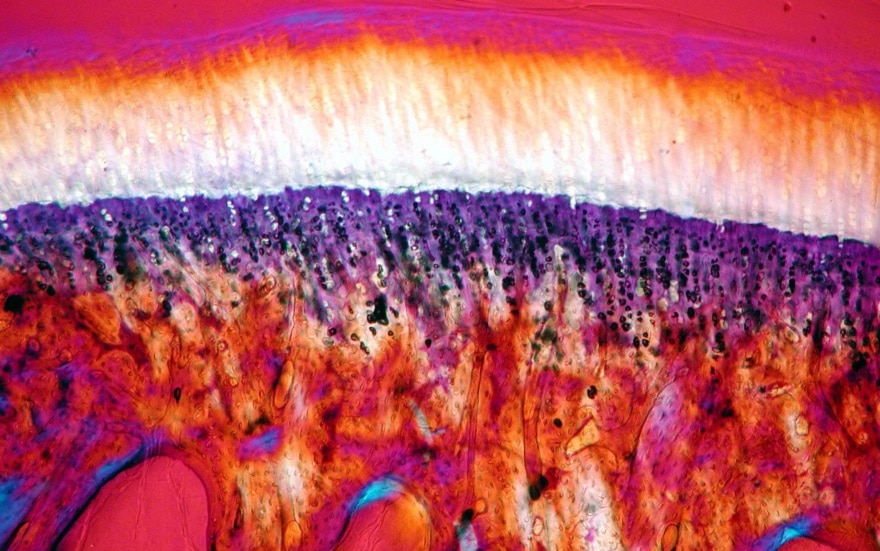
Anything to add? Say it as a comment.

Anything to add? Say it as a comment.



Already registered? I'm connecting
Register and read three articles for free. Subscribe to our newsletter to keep up to date with the latest news.
→ Register for free to continue reading.

You have received 3 free articles to discover UP'.






Cet article donne un grand espoir. Les essais cliniques humains sont prévus dans combien de temps ? Je souhaite être informée de ce programme.
Merci pour la qualité de votre information.